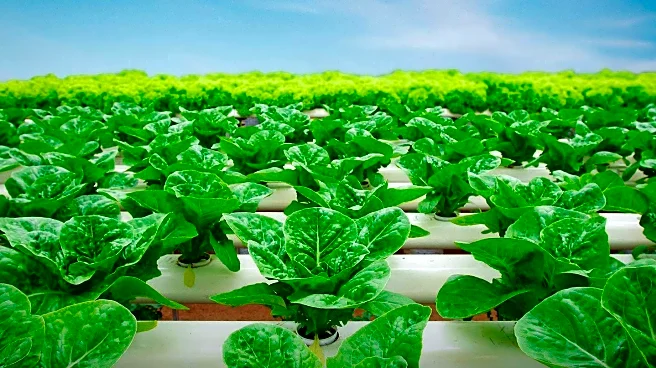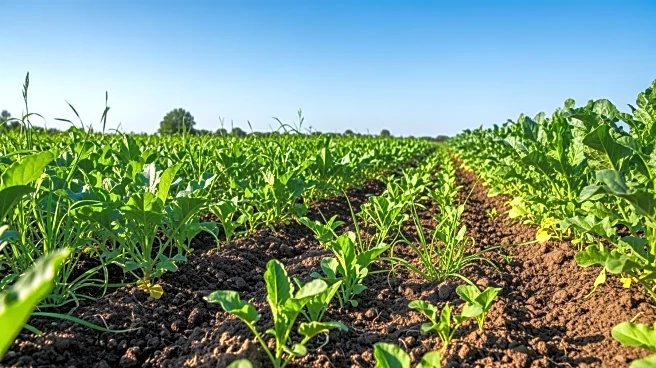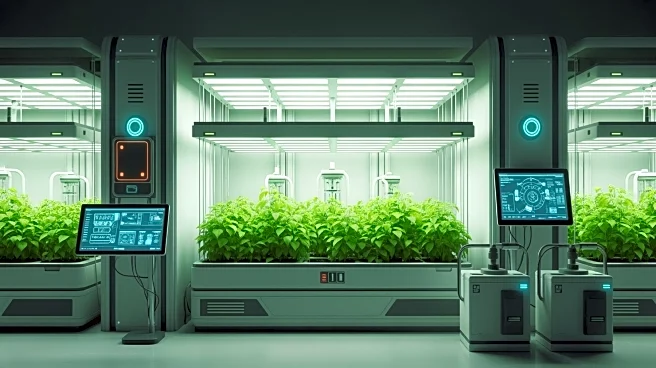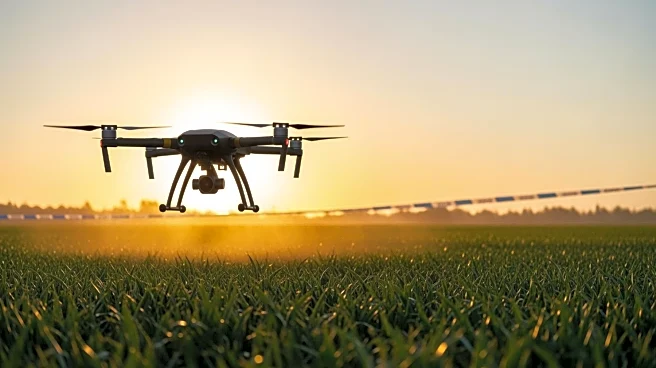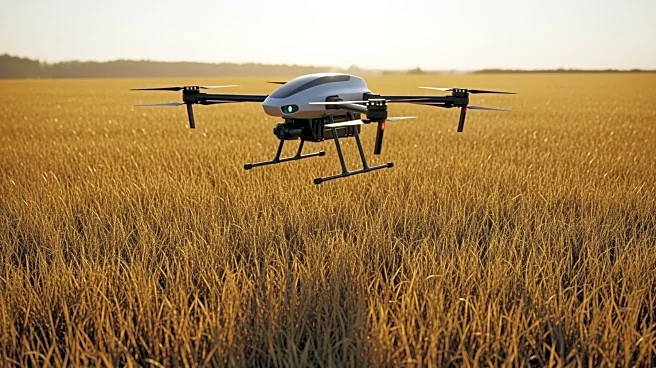What's Happening?
The bioherbicide sector is struggling to grow despite the increasing resistance of weeds to traditional herbicides. Industry experts, including Dr. Pam Marrone and Dr. Virginia Corless, highlight the cost and efficacy challenges faced by bioherbicide developers.
Conventional herbicides like glyphosate are cheaper, costing less than $10 per acre, while bioherbicides need to match this cost and effectiveness. The rise in herbicide-resistant weeds, with over 500 unique cases globally, presents an opportunity for bioherbicides, which are derived from biological agents and pose fewer risks to non-target organisms. Companies like Moa Technology are exploring biological amplifiers to reduce synthetic chemical usage, while The Toothpick Project is developing mycoherbicide technology to combat the Striga pathogen affecting staple crops in Africa.
Why It's Important?
The development of bioherbicides is crucial as herbicide-resistant weeds continue to pose significant challenges to agriculture. Bioherbicides offer a sustainable alternative, potentially reducing reliance on synthetic chemicals and minimizing environmental impact. The success of bioherbicides could lead to more sustainable farming practices and help address the growing issue of herbicide resistance. However, the high cost and technical challenges remain barriers to widespread adoption. The involvement of companies like Moa Technology and The Toothpick Project indicates ongoing efforts to innovate and find viable solutions, which could eventually benefit U.S. agriculture as well.
What's Next?
The bioherbicide industry is expected to continue exploring new technologies and partnerships to overcome cost and efficacy challenges. Moa Technology's partnership with Gowan to develop amplifiers for specific active ingredients is a step towards reducing synthetic chemical usage. The Toothpick Project's expansion beyond Africa, with potential applications in the U.S., suggests a growing interest in bioherbicides. As herbicide resistance increases, the demand for effective bioherbicides may drive further research and development, potentially leading to breakthroughs that could transform weed management practices globally.
Beyond the Headlines
The ethical and environmental implications of bioherbicide development are significant. By reducing reliance on synthetic chemicals, bioherbicides could contribute to more sustainable agricultural practices and protect biodiversity. The use of AI and machine learning in bioherbicide research highlights the potential for technological advancements to accelerate innovation in this field. Additionally, the success of bioherbicides could influence regulatory policies, encouraging the adoption of more environmentally friendly solutions in agriculture.




